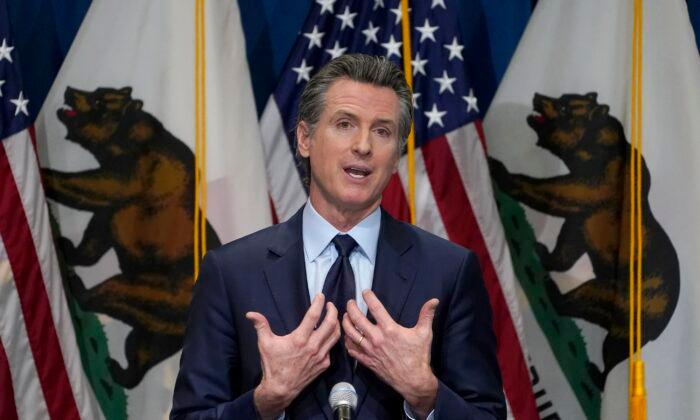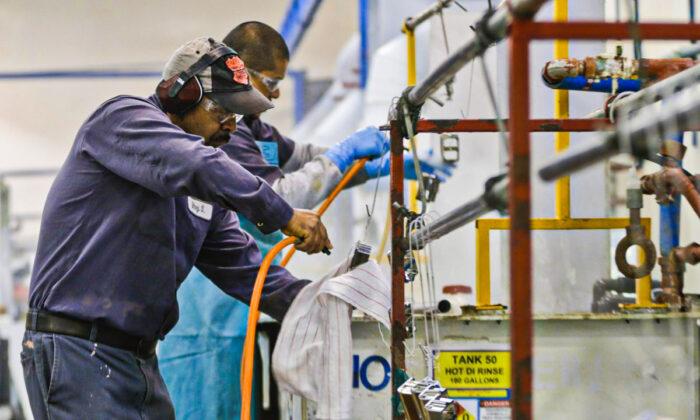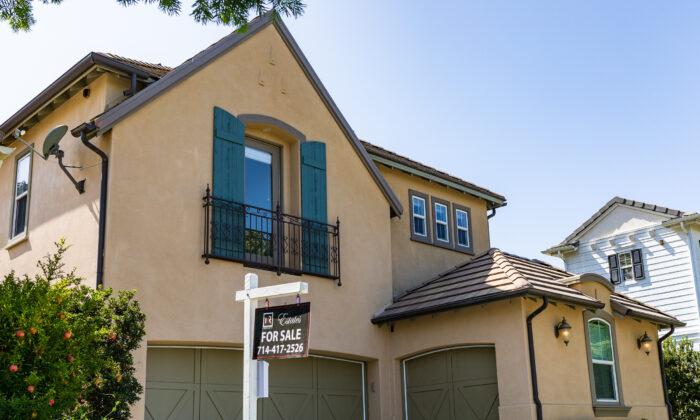California Gov. Gavin Newsom has signed into law a $262.6 billion budget for 2021–22, which runs from July 1 to June 30, 2022.
About $196.4 billion of the spending will be through the state’s general fund, of which $93.7 billion will be spent on K–12 and community college education under a minimum spending level stipulation in the voter-approved Proposition 98.
For comparison, total spending under California’s 2018–19 budget, the last budget unaffected by the pandemic, was $197.2 billion. Total state spending was $184.2 billion in 2017–18 and $163.5 billion in 2016–17.
Total spending in California is up $99.1 billion over the past five years—a 60 percent increase—during a time when the population of California has increased by less than one percent: from 39.2 million people in 2016 to 39.5 million people in 2021.
Much of the spending in the 2021–22 budget is one-time in nature and comes from federal stimulus money and hefty capital gains taxes made possible by the rising stock market and higher property values statewide.
A total of $12 billion will be refunded back to individuals earning less than $75,000 a year.
One of the major budget priorities of both the governor and the legislature is tackling the state’s housing crisis and finding a solution to the problem of homelessness.
According to Los Angeles Mayor Eric Garcetti, the new California budget includes “$12 billion over the next two years to tackle homelessness, including $2 billion that will go directly to cities, and $2.75 billion in additional funding for Project Homekey, which will allow the purchase of additional hotels and motels for our unhoused neighbors.”
However, the state’s Legislative Analyst’s Office (LAO) said in February that of the 14,000 hotel rooms rented under Project Roomkey in California, only 70 percent were occupied. Just 65 percent of the 3,700 hotel rooms available under the program within the County of Los Angeles were rented.
In the same analysis, the LAO said that while Project Roomkey rented hotel rooms to house the homeless population, it was funded with $800 million in one-time funding to local governments and “provides for the acquisition of hotels, motels, residential care facilities, and other housing that can be converted and rehabilitated to provide permanent housing for persons experiencing homelessness or at risk of homelessness, and who also are impacted by COVID-19.”
However, the LAO pointed to two major issues for the legislature to consider as it mulled the governor’s 2021–22 budget proposal (now largely signed into law).
First, “Funding for this proposal is intended to be provided on a one-time basis. Accordingly, local entities would be responsible for funding the ongoing costs associated with maintaining the acquired properties and providing any associated services to occupants. Local entities’ capacity to fund such new ongoing costs is unclear and calls into question the state’s ability to preserve these units in the long term.”
Second, “The [Newsom] administration is proposing expanding the Homekey Program without first assessing the successes and challenges associated with the initial $800 million allocation provided in 2021–22. For example, Project Roomkey has experienced low occupancy rates among leased units. The administration should address how it plans to ensure units purchased through [Project] Homekey are effectively utilized.”
California has been blessed with a large cash inflow due to increased taxes from higher property prices and a booming stock market as well as large transfer payments from the federal government. Much of the spending in this year’s budget is one-time in nature so that the state is not locked in to ongoing budget commitments; however, in the case of housing the homeless population, it seems that much of the one-time spending will lead to ongoing spending at the local level.





